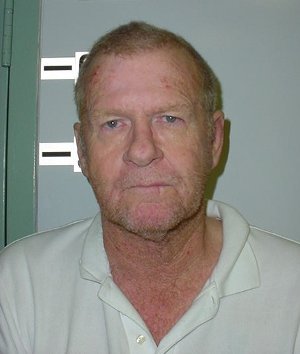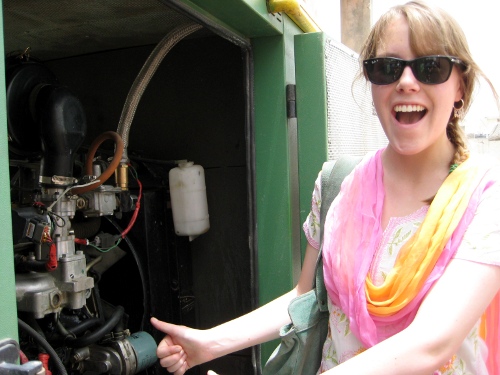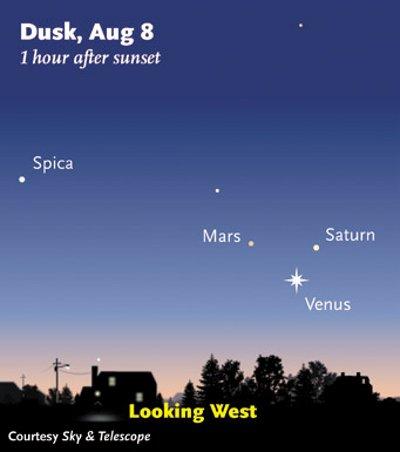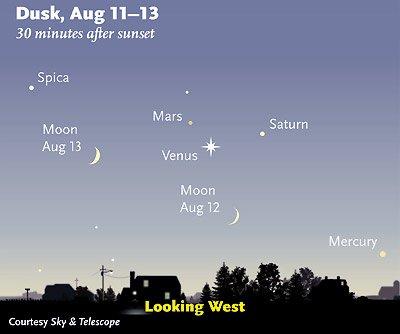- Elizabeth Larson
- Posted On
Division of Ratepayer Advocates, Cal Water reach proposed rate case settlement
The 600-page proposed settlement document, which was filed June 28, is for the 2009 general rate case. It still must be approved by the California Public Utilities Commission, which is expected to make a final decision by the end of the year in time for the agreement to become effective on Jan. 1, 2011, the company and the DRA reported.
Administrative Law Judge Jeffrey O'Donnell, who traveled to Lucerne in March to host a public meeting on the rate hike, is now writing a proposed decision, said Patrick Hoglund, the DRA's lead on the case. The DRA is a division of the CPUC.
Last week O'Donnell's ruling scheduling briefs and issues yet to be addressed was posted, with the judge giving the company, the DRA and the intervenors August and September deadlines for filing briefs that he will consider in his final decision.
Cal Water originally requested statewide rate increases for 2011 of 16.75 percent, totaling $70.6 million for its 460,000 customers across its 24 California districts, as Lake County News has reported. The company also requested $24.7 million, or 5.04 percent, in 2012 and $24.7 million, or 4.79-percent, in 2013.
The terms of the settlement recommend $34.4 million – or about a 7.1-percent average increase statewide – according to Hoglund.
Cal Water reported that the settlement also included $7 million of rate relief once certain capital projects are completed.
For Lucerne, where the settlement notes that Cal Water has 1,279 customers, the company wanted rate increases of 54.9 percent in 2011, 7 percent in 2012 and 6.6 percent in 2013.
Hoglund said the DRA originally had proposed a 30.6-percent increase for Lucerne, which ultimately is proposed to see rates climb by 41.6 percent for 2011.
“In these settlement negotiations there is give and take on various positions,” he said.
Darin Duncan, Cal Water's rates manager, gave a very preliminary estimate for Lucerne of a 2-percent increase in 2012 and another 2 percent increase in 2013.
“The good news is it's not 55 percent,” said Craig Bach, president of the Lucerne Community Water Organization, a group that formed in 2005 to combat a 273-percent increase for the Lucerne water system that Cal Water proposed. The final increase in that rate case was about 120 percent.
“Until we own our own water, we're going to be victimized by corporate water,” said Bach, who believes Cal Water ended up getting everything it actually wanted in the proposed settlement.
Duncan said the company thinks the proposed settlement is a fair one, and that the Division of Ratepayer Advocates did a very thorough job in analyzing both expense projections and proposed infrastructure projects.
“If the administrative law judge upholds the settlement, I think we will be able to proceed with some very important water projects to increase the reliability of our water systems,” he said.
“There are many projects that will be deferred to future general rate cases that are important to the long-term health of the water systems,” Duncan said. “However, before agreeing to defer these projects, we involved the local system operators for all of the 24 systems in California to ensure we did not defer a project that was critical to have today.”
He said the company hasn't calculated statewide percentages. Hoglund said increases for 2012 and 2013 would be determined later in a separate attrition filing that incorporates inflation, customer growth and infrastructure projects, as well as any advice letter projects that may be completed by the time that filing is made.
Hoglund said settlement talks between Cal Water and the DRA began in April and continued through most of May, with an extension to file the settlement requested and received from the judge. That's because drafting the document took longer than they had anticipated, Hoglund said.
Due to the CPUC's recent schedule, it's now requiring rate cases to be filed on all districts at once, rather than eight at a time, as has been done in the past, according to Hoglund.
As a result, while past documents would have been about 100 pages or slightly larger, Hoglund said this one is 600 pages.
Hoglund said one of the things that had affected a number of districts in the general rate case was the number of positions that Cal Water wanted to add, totaling 75 throughout the state.
“Our initial recommendation had a very low number,” he said, with the settlement ultimately agreeing to 29.
“Of those 29, 11 are actually positions that were carried over from prior years that had not been filled,” he said.
Duncan said the positions will be located in the general office and in the districts.
Previous rate hikes had covered those unfilled positions. When asked if the company can now collect rate hikes to cover those same 11 positions again, Hoglund replied, “The answer would be yes.”
As of last September, of 96 previously requested employee positions, 23 hadn't been hired, Hoglund said.
He said it's difficult to say where those dollars for unhired employees go. The general rate case requires companies to make a reasonable estimate of costs and revenues required to operate, and the forecast revenues need to cover not just expenses but give the company an opportunity to earn a rate of return.
“It's not a specific, hard and fast plan for the utility,” he said. “They have some operational leeway.”
Hoglund said everything is done on a forecast and estimate basis, so there's an expectation that “it's not going to be exactly right.”
However, if the company is continually forecasting and requesting additional employees but not filling the positions, “That's problematic,” Hoglund said.
The goal is for companies to get better at planning and forecasting, he explained. “For something like hiring employees, we can point out to the company that here are areas of concerns.”
Duncan said the company acknowledges that it had difficulty in the past filling all of its approved positions.
There were a number of reasons for that – from its human resources department not being set up to hire as many people as needed to a wave of retirements and critical background checks, which slowed the process.
“We have now identified all bottlenecks to the hiring process and have outsourced some of the background checks and other hiring requirements that make sense and have made strives to eliminate hurdles,” Duncan said. “I am confident that we will be able to hire the new employees in a timely manner, while ensuring we have the best people working on the water supply for our customers.”
As for what ratepayers can expect next year, “The actual rate design has not yet been done,” said Hoglund, explaining that will part of O'Donnell's proposed decision.
While no party intervened on behalf of Lucerne, Santa Rosa resident Jeffrey Young intervened on behalf of the Marin County community of Dillon Beach, located south of Bodega and west of Tomales. This is his third rate case in nine years.
Cal Water is one of two water companies in the community, covering about 250 homes, Young said. The community has both low income members and those who are extremely affluent, with about 20 percent of the residents living there full-time.
Rates for customers of Cal Water's customers will go up 78 percent if the settlement is approved, less than half the 153 percent the company had sought. Dillon Beach recently had another 33-percent increase, Young said.
While negotiations are still going on regarding a rate support fund, which Young said could help Lucerne's rates, he added, “I am not going to disagree with anything that's in the settlement.”
However, the settlement is still very much in discussion, with some of the communities disputing costs of projects and other items listed in the proposed settlement, according to communications exchanged between the parties.
Back in Lucerne, Bach and other town residents are complaining about water quality. Despite the town having a new multimillion dollar water plant, many people are complaining that the water coming out of their taps has a strong odor they attribute to the summer's algae blooms.
E-mail Elizabeth Larson at This email address is being protected from spambots. You need JavaScript enabled to view it. . Follow Lake County News on Twitter at http://twitter.com/LakeCoNews and on Facebook at http://www.facebook.com/pages/Lake-County-News/143156775604?ref=mf .

 How to resolve AdBlock issue?
How to resolve AdBlock issue? 













